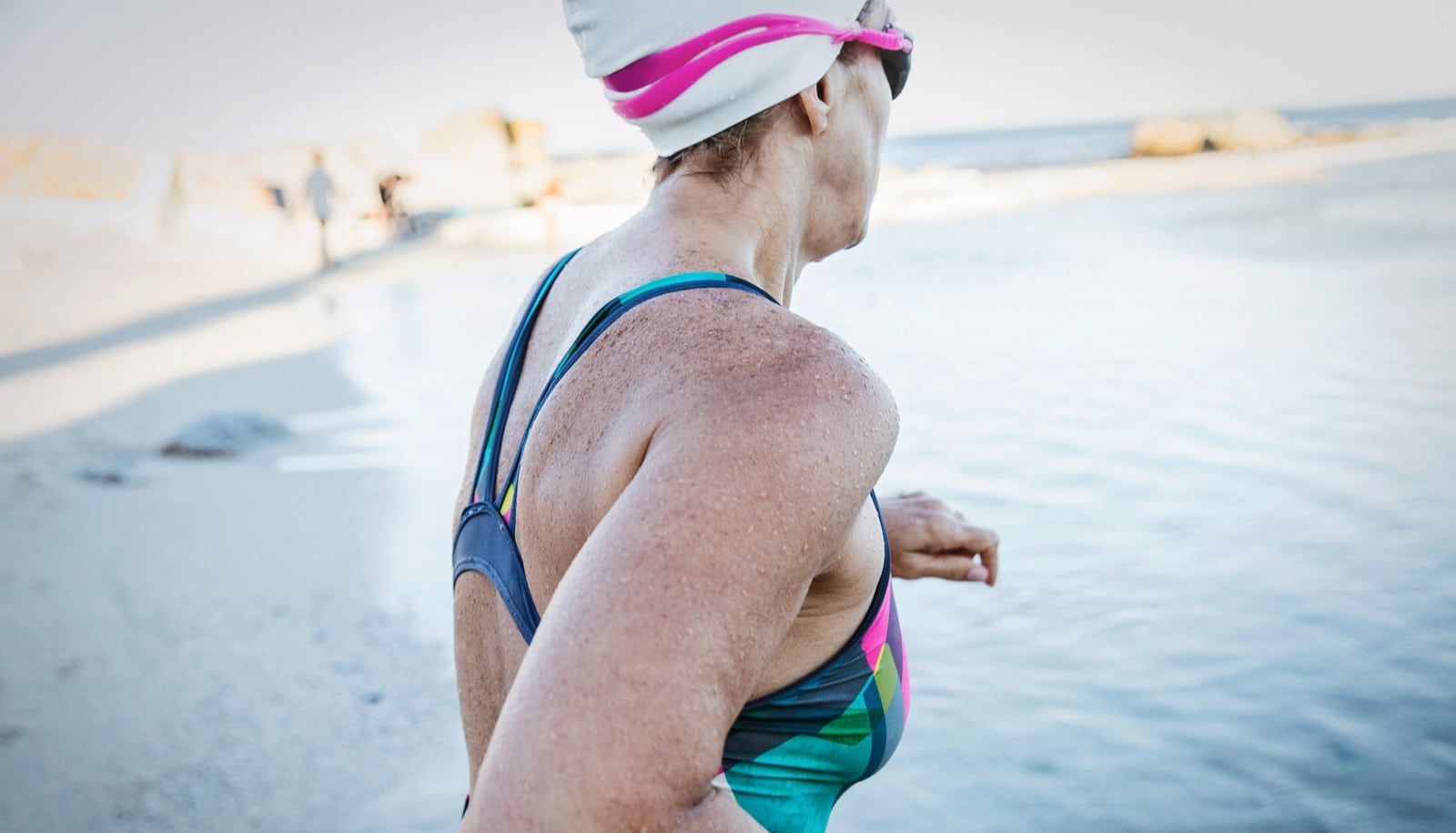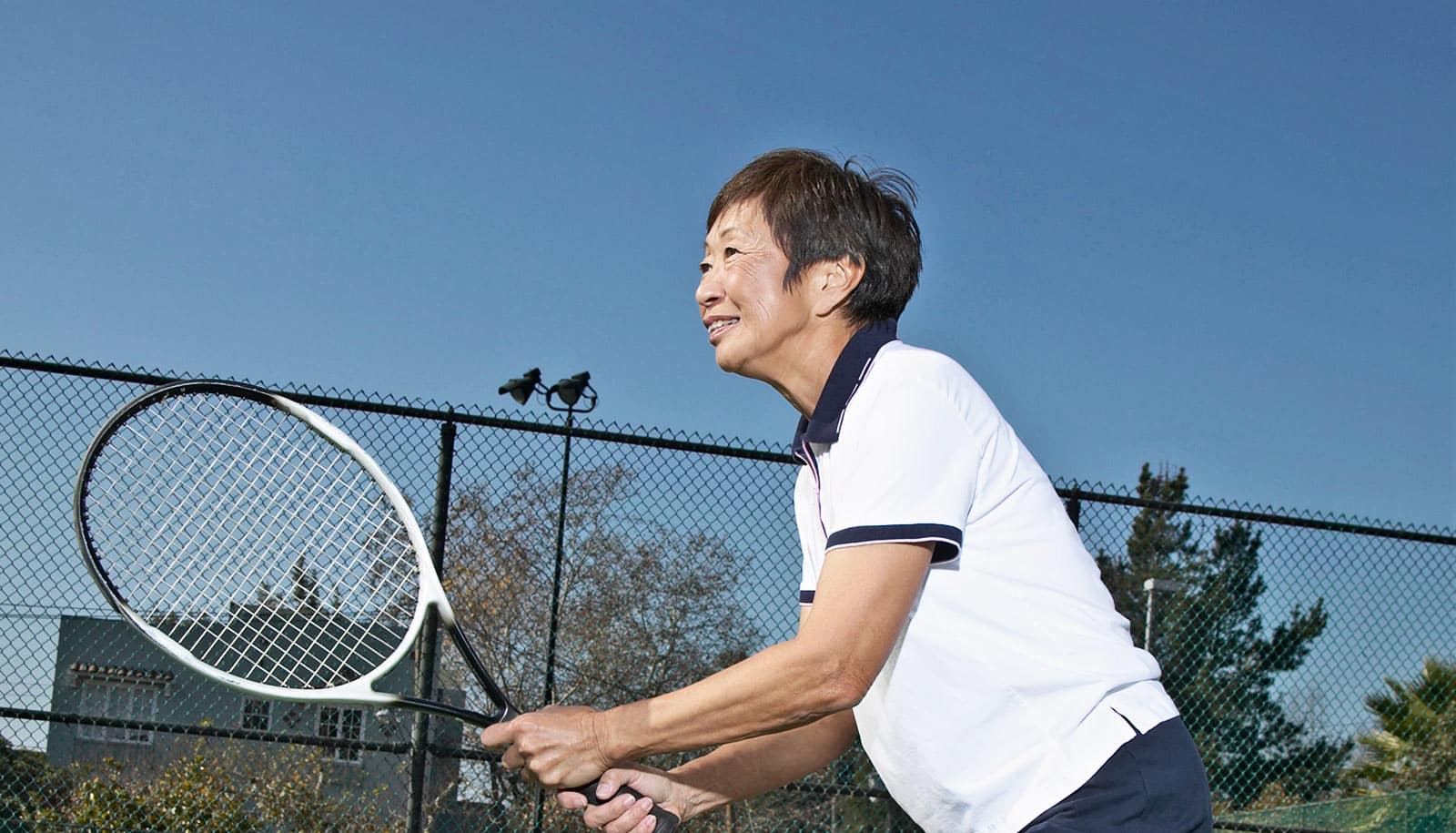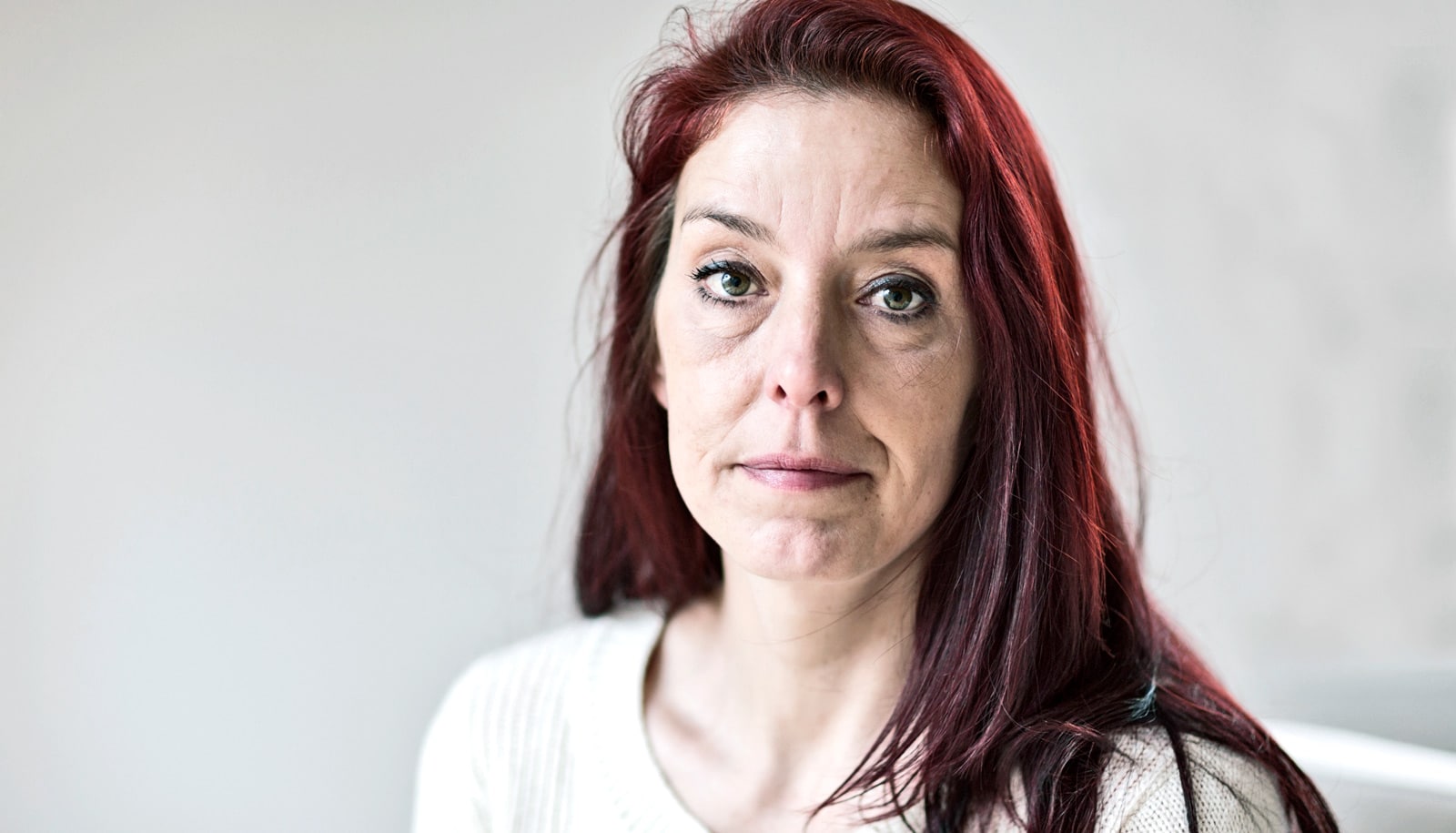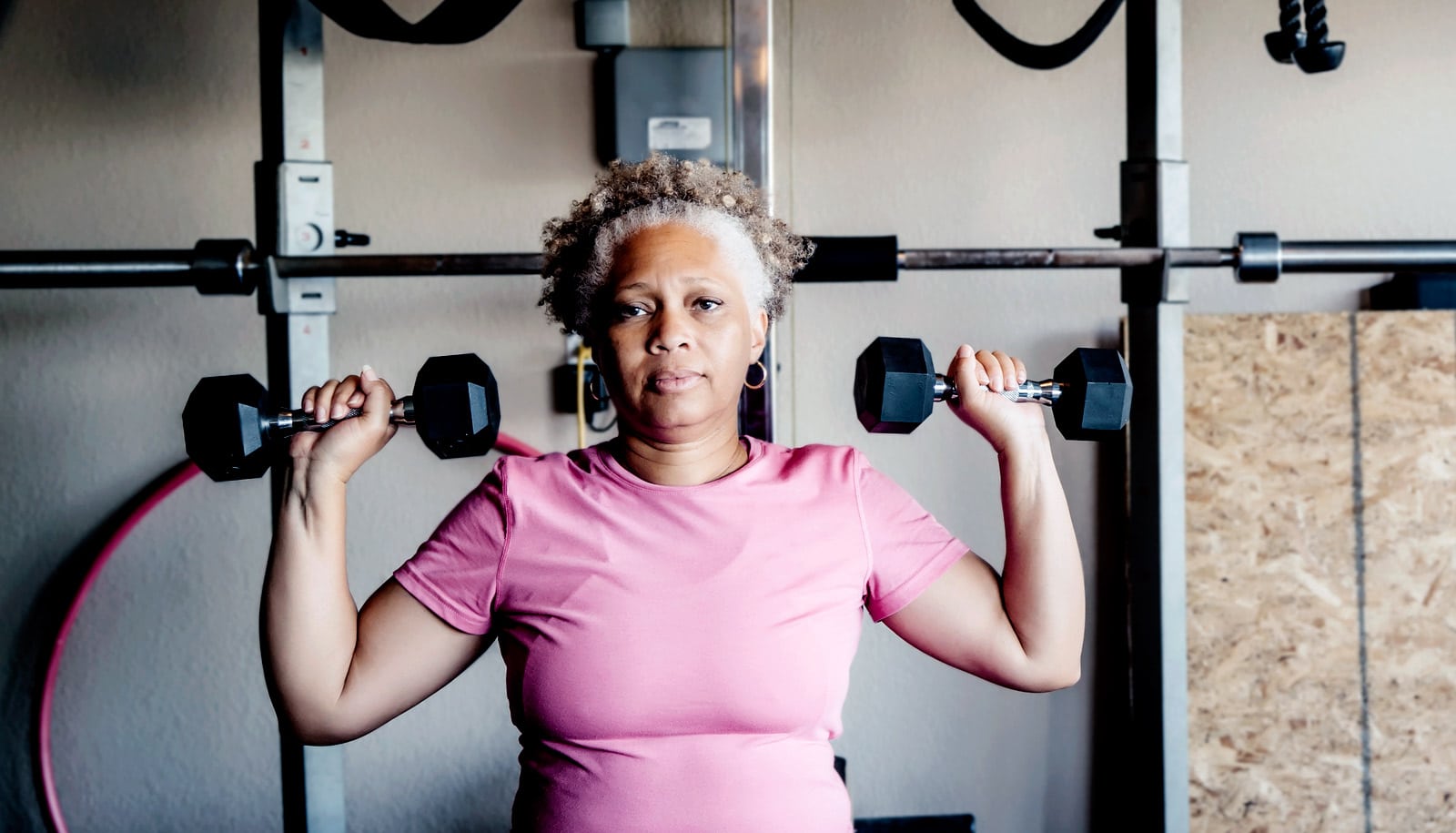More than half of women in the US with cardiovascular disease don’t get enough exercise, according to a new study.
Cardiovascular disease remains the leading cause of death for American women, 43 million of whom have the condition, according to the American Heart Association.
The findings, which appear in JAMA Network Open, suggest that women diagnosed with disorders such as coronary artery disease, stroke, heart failure, heart rhythm disturbances, and peripheral artery disease should talk to their physicians about how to increase their physical activity levels to maintain optimal cardiac health.
“We have more reason than ever to encourage women with cardiovascular disease to move more.”
Further, the study notes that health care costs for women with cardiovascular disease who met AHA-recommended physical activity guidelines were about 30 percent less than costs among those who did not meet the guidelines.
30 minutes a day
“Physical activity is a known, cost-effective prevention strategy for women with and without cardiovascular disease, and our study shows worsening health and financial trends over time among women with cardiovascular disease who don’t get enough physical activity,” says coauthor Victor Okunrintemi, a former Johns Hopkins Medicine research fellow who is now an internal medicine resident at East Carolina University.
“We have more reason than ever to encourage women with cardiovascular disease to move more.”
The AHA strongly recommends physical activity to reduce a woman’s chances of developing cardiovascular disease—called primary prevention—and to advance and maintain recovery after heart attack or stroke (secondary prevention).
The standard recommendation is 150 minutes of moderate to vigorous physical activity per week, or at least 30 minutes of brisk movement per day, five days a week. Previous studies have shown that over the span of a lifetime, men are on average more physically active than women.
Exercise trend
For the current study, researchers used data from the 2006-2015 US Agency for Health Care Research and Quality’s Medical Expenditure Panel Survey, a self-reported questionnaire of individual households across the nation.
The survey included data from about 18,027 women with cardiovascular disease between the ages of 18 and 75—including non-Hispanic white women (77.5 percent), Asian women (2.3 percent), African-American women (12.2 percent), and Hispanic women (8 percent)—who in sum are nationally representative of all US women with cardiovascular disease. They compared answers collected in 2006-2007 against those collected in 2014-2015 to assess any trends.
In 2006, 58 percent of women with cardiovascular disease said they didn’t meet AHA-recommended physical activity guidelines. By 2015, that number had risen to 61 percent.
Researchers also found that women ages 40-64 were the fastest growing age group not getting enough physical activity, with 53 percent reporting in 2006-2007 not getting enough exercise and 60 percent in 2014-2015.
African-American and Hispanic women were more likely to not exercise enough, and women from low-income households who enrolled in public insurance and had less high school education were also more likely to not meet recommended physical activity targets.
Health care expenses
Health care costs among women with cardiovascular disease who did not exercise enough were $12,724 in 2006-2007 compared to $14,820 in 2014-2015. Women with cardiovascular disease who did get enough exercise on average spent $8,811 in 2006-2007 compared to $10,504 in 2014-2015.
The researchers caution they didn’t design the study to show cause and effect, but to identify 10-year trends in the levels of physical activity among US women across various demographic groups defined by age, race/ethnicity, and socioeconomic factors, and to describe associations of physical inactivity with health care costs.
Previous studies have independently linked a lack of regular physical activity to a higher risk of cardiovascular disease, obesity, and diabetes.
“The expense of poor health is tremendous,” says lead author Erin Michos, an associate professor of medicine at Johns Hopkins University School of Medicine. “Many high-risk women need encouragement to get more physically active in hopes of living healthier lives while reducing their health care costs.”
Researchers say there is a need to tailor specific interventions to the most-affected groups, including older women, women of lower socioeconomic status, and women from minority groups, and to encourage physicians who care for them to more consistently promote cardiac rehabilitation referrals and safe exercise tips.
Source: Johns Hopkins University



